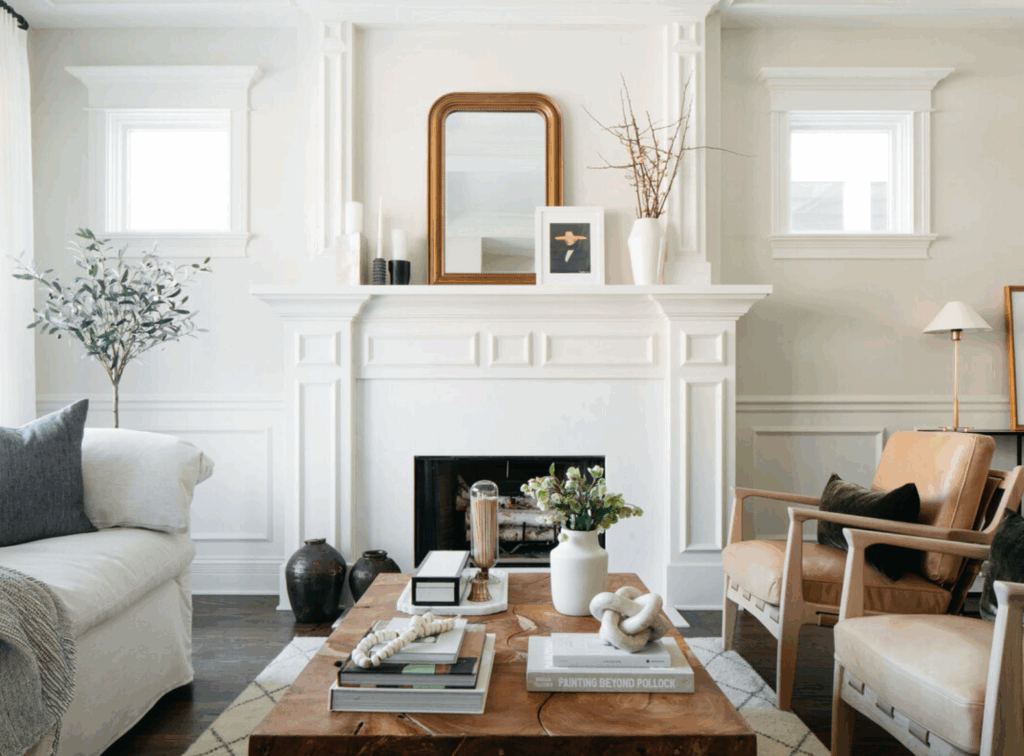Returning home after trauma treatment represents a significant milestone in your healing journey, but the physical environment you enter can either support or hinder your continued recovery. Your living space plays a crucial role in mental health, and thoughtful organization can create a sanctuary that promotes healing, reduces anxiety, and reinforces the positive changes you’ve worked so hard to achieve.
Used with permission from Kira David Design
Declutter for Mental Clarity
Begin your home organization by removing items that may trigger difficult memories or create unnecessary stress. This doesn’t mean stripping your home bare, but rather being intentional about what surrounds you. Donate items you no longer need, clear surfaces of excessive clutter, and create clean, open spaces that allow your mind to breathe. A cluttered environment often mirrors internal chaos, while organized spaces can promote feelings of control and calm.
Focus on one room at a time to avoid feeling overwhelmed. Start with your bedroom, as quality sleep is essential for trauma recovery. Ensure this space feels safe and peaceful by removing work materials, electronic devices, and anything that creates mental stimulation before bedtime.
Used with permission from Kira David Design
Design Comfort Zones
Create specific areas in your home dedicated to self-care and relaxation. This might be a reading corner with soft lighting and comfortable seating, a meditation space with cushions and calming artwork, or a hobby area where you can engage in therapeutic activities. Having designated spaces for positive activities helps establish healthy routines and provides immediate access to coping strategies when needed.
Consider the sensory aspects of these spaces—soft textures, pleasant scents, and soothing colors can all contribute to a sense of safety and comfort. Plants not only improve air quality but also provide a sense of nurturing and growth that mirrors your recovery journey.
Used with permission from Kira David Design
Establish Systems for Stability
Trauma recovery often involves rebuilding a sense of control and predictability. Implement organizational systems that reduce daily decision fatigue and create structure. This might include meal planning areas, medication organization systems, or simple routines for maintaining cleanliness. When basic life management feels effortless, you have more energy to focus on healing.
Create visible reminders of your progress and support system. Display photos of loved ones, inspirational quotes, or artwork that brings you joy. These visual anchors can provide comfort during difficult moments and remind you of your strength and the people who care about you.
Used with permission from Kira David Design
Building Your Recovery Environment
Remember that organizing your home for trauma recovery is an ongoing process, not a one-time event. Be patient with yourself as you discover what arrangements feel most supportive. Your needs may change as you continue healing, and that’s perfectly normal.
Your physical environment significantly impacts your mental health recovery journey. At The Beach Cottage, we understand how important it is to create supportive spaces that enhance the work you’ve done in treatment. If you’re struggling with trauma or other mental health challenges and need professional support, we’re here to help you take the next step toward healing.
Thanks to Seasons Beach Cottage for Consulting
The post Creating a Healing Home: How to Organize Your Space for Trauma Recovery appeared first on Decorology.


